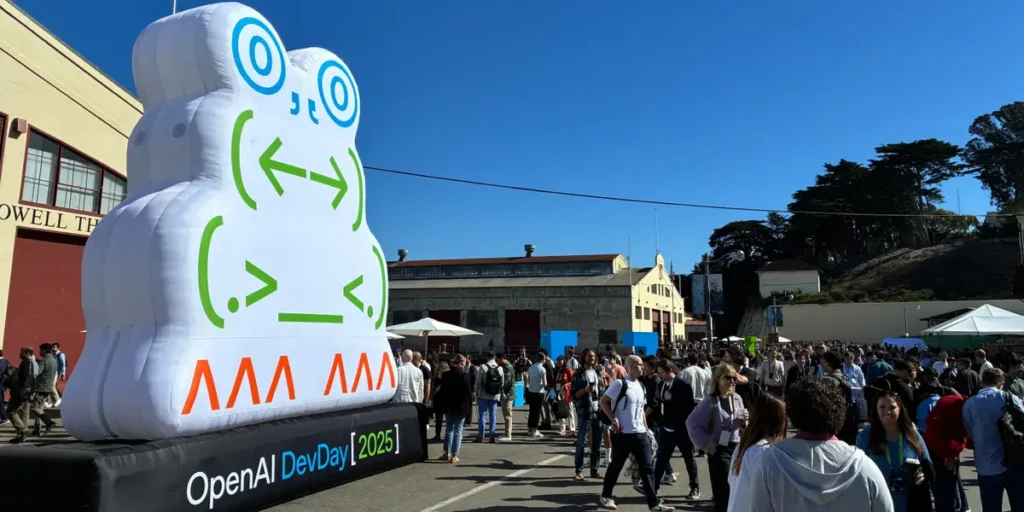OpenAI is “running ahead” of its own revenue targets, a signal that the company driving the generative AI boom is expanding faster than even its backers expected.
That’s according to a new deep dive from Barclays tech analysts, led by Ross Sandler. They wrote this week that OpenAI’s better-than-expected growth trajectory reinforces the AI infrastructure investment wave rather than slowing it, despite mounting concerns over capital intensity and potential market bubbles.
OpenAI’s revenue performance is roughly 15% above 2025 forecasts and 50% ahead of 2027 projections, according to analysts’ estimates, based on CEO Sam Altman’s recent comments that the company is on pace to reach $100 billion in annual recurring revenue by 2027. That’s about a year earlier than previously expected.
The Barclays analysts attributed the outperformance to user growth, steady conversion from free to paid subscribers, and the rapid scaling of OpenAI’s enterprise and application programming interface (API) businesses.
Their research note outlined key performance indicators that OpenAI must hit to keep this revenue momentum going:
- Maintaining a 50 million monthly increase in weekly active users (WAUs)
- Keeping free-to-paid conversion rates near 4%
- Growing average monthly revenue per user from $30 to $55 through new, higher-tier offerings
- The API business, which provides access to GPT models, needs 6x growth
- New sources of revenue must emerge, such as advertising and AI agent services
If ChatGPT grows to about 2 billion weekly active users by 2028, that could help OpenAI generate $100 billion in annual recurring revenue, depending on how many of these users subscribe to paid versions of the chatbot service, the analysts estimated.
The research note also pointed to new revenue streams, including advertising on the ChatGPT free tier and an emerging “Agents-as-a-Service” model (effectively digital employees that can handle tasks for businesses). The analysts say both businesses could meaningfully expand monetization over the next two years, while the API business continues to grow as adoption broadens.
There’s also a shopping referral fee revenue stream that comes with OpenAI’s recently launched Instant Checkout feature in ChatGPT, the analysts wrote.
This revenue expansion means increased compute demand. OpenAI’s compute budget is now projected to exceed $450 billion from 2024 through 2030, with total obligations of around $650 billion, some of which extend beyond 2030, according to Barclays research.
The analysts wrote that these signs of acceleration, rather than signaling a coming slowdown, could extend the AI investment supercycle.
“We would expect the other labs to continue to keep their foot on the gas,” Sandler and his colleagues wrote in their note this week. “And hyperscalers are likely to keep their spending levels up, despite concerns.”
Sign up for BI’s Tech Memo newsletter here. Reach out to me via email at [email protected].


